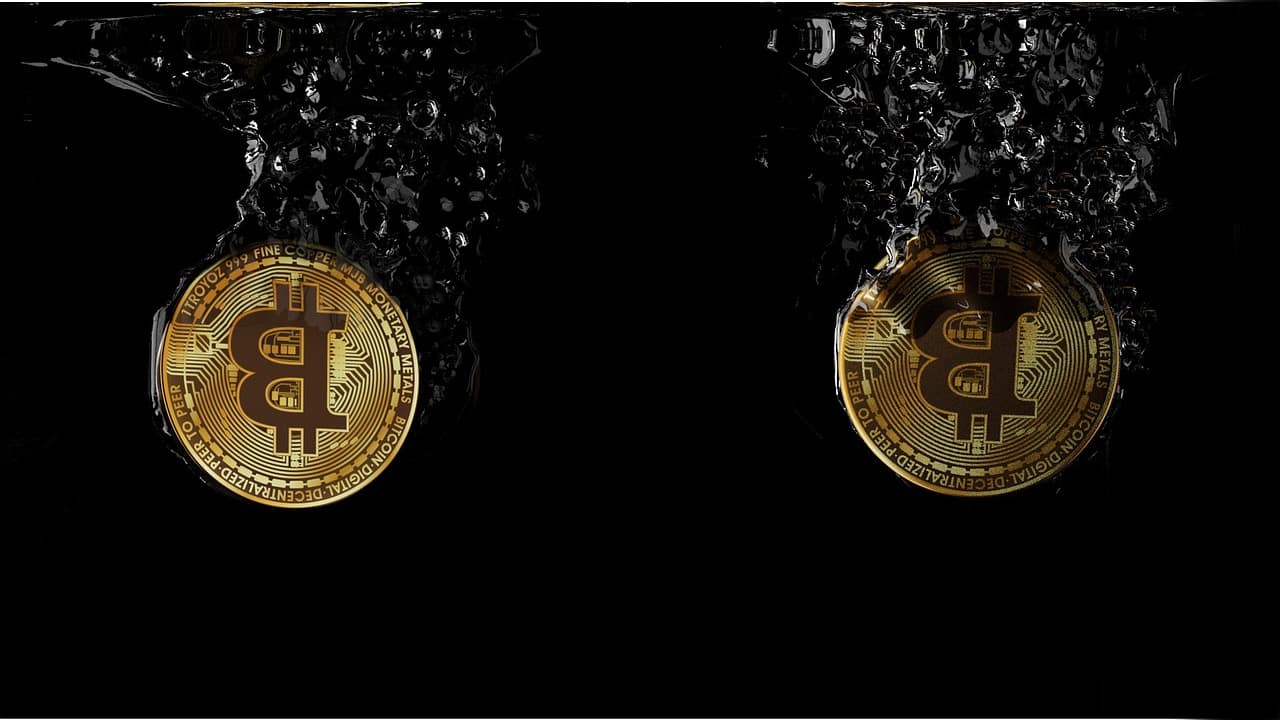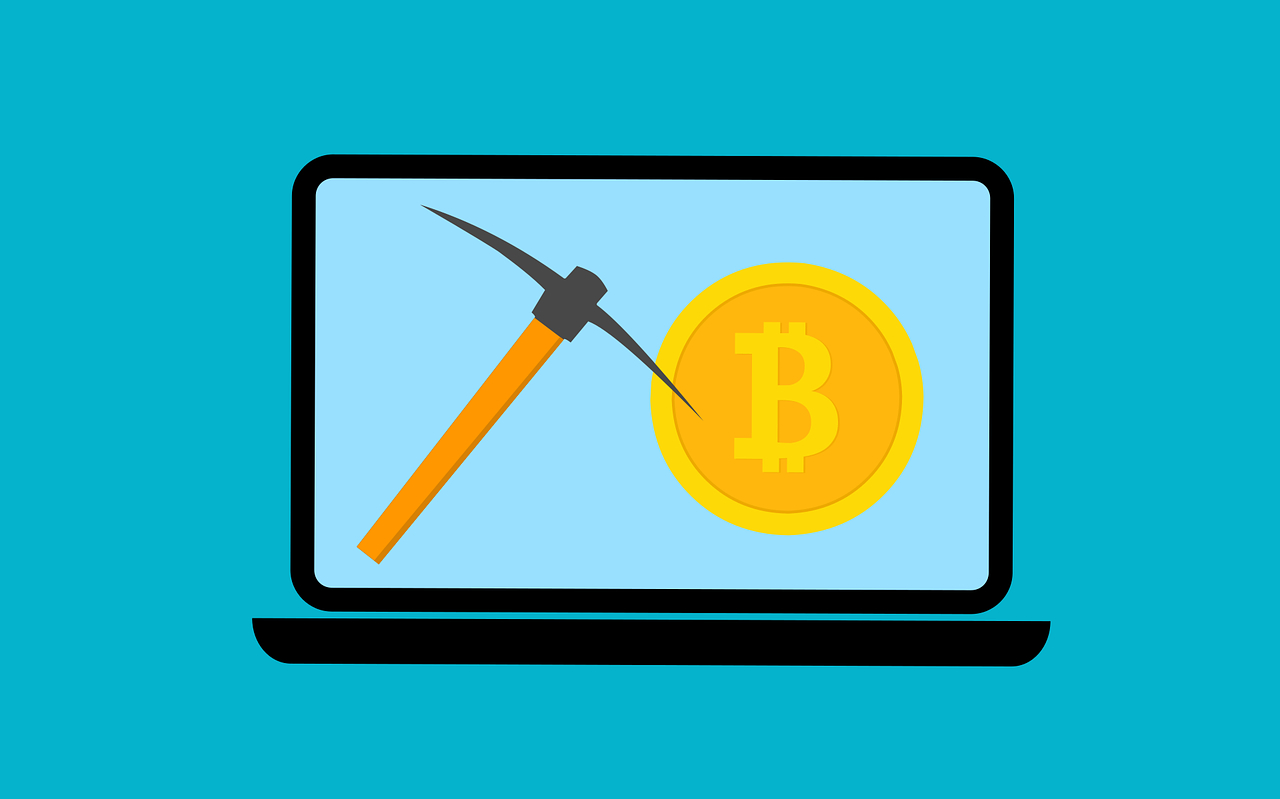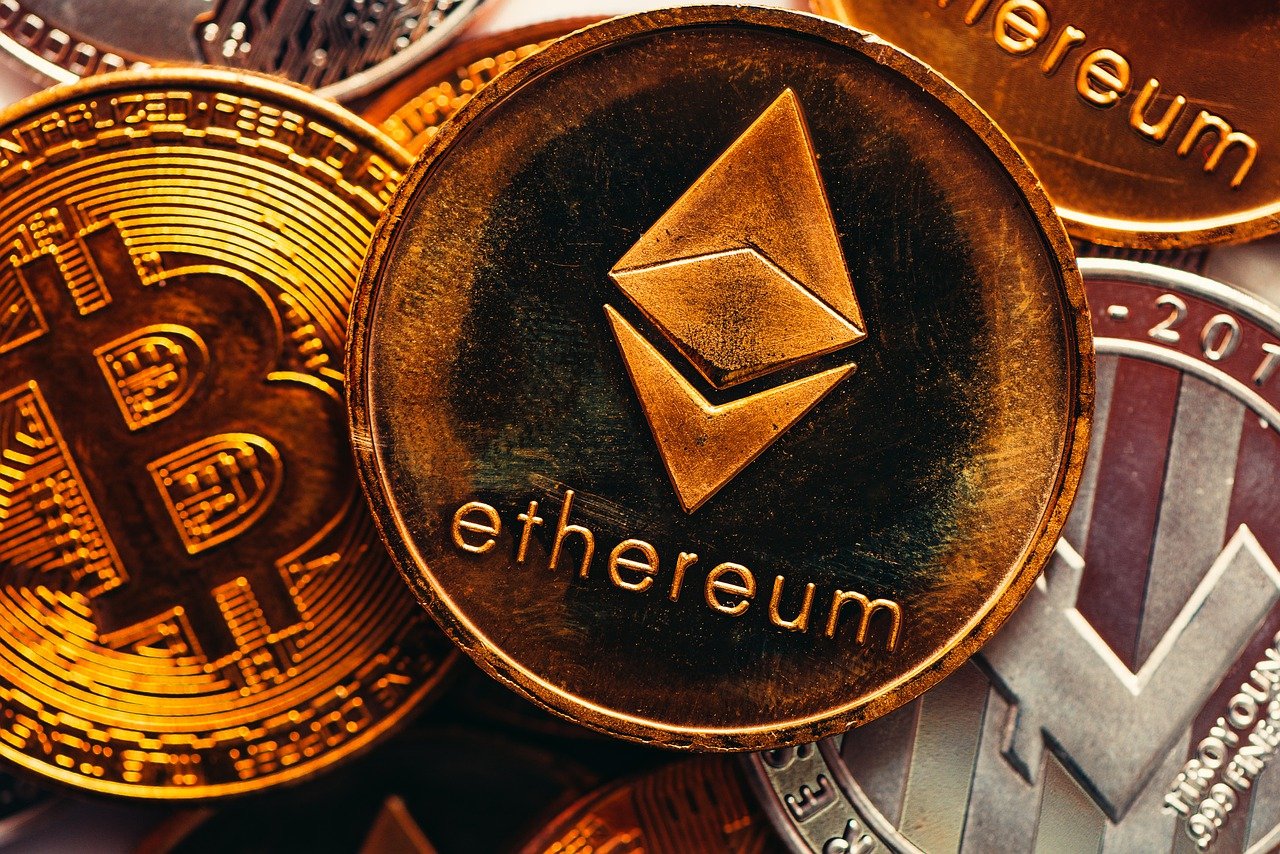Brief History of Seven Satoshi Nakamoto
Another lawsuit related to Satoshi Nakamoto began in the United States in November. The missing bitcoin inventor was hiding behind that name. The dead programmer’s sister wants her brother to be considered Satoshi Nakamoto, and has sued another claimant. Given that the inventor of the cryptocurrency is entitled to 1 million bitcoins, now the equivalent of $66 billion, “that’s a score many are willing to start a risky game for.” Other contenders for inventor laurels included a German fraudster, an anonymous writer, one of the pioneers of smart contracts, and even Ilon Musk, to whom the invention was attributed by an enthusiastic intern.
Satoshi number one. David Kleiman.
In November, the civil trial of Ira Klayman v. Craig Wright began in Miami. The defendant, Australian software engineer and one of the pioneers of the cryptocurrency movement, Craig Wright, has been claiming since 2016 that he is Satoshi Nakamoto. He has already spent a serious amount of money on the courts, including declaring as his intellectual property the white paper (a detailed plan for the design and development) of bitcoin in the UK. The plaintiff, the sister of the deceased David Kleiman, is seeking through the courts to establish the fact that Wright was not acting alone, but with her brother.
Clayman and Wright created W&K Info Defense Research LLC to mine bitcoin and manage intellectual property, including the cryptocurrency’s source code, her representatives wrote. At the first meeting, Ira Klayman showed excerpts of Internet correspondence that allegedly confirmed that her brother alone had mined the bulk of the bitcoins. She accused Wright of theft by deception and counterfeiting. Wright, on the other hand, objects that he is Satoshi Nakamoto alone, and that David was merely a friend and confidant. Wright’s attorneys are resting on the fact that their confidant has had an autism spectrum disorder since childhood and no contract could have been made with him. “He wore a ninja uniform in the yard when he was 13, and all the kids called him a freak,” the defendant’s side claims. The main issue, though, remains unresolved for everyone involved in the case. You have to have a secret key to get 1 million bitcoins. There is no other way. The only one hundred percent proof, which Wright hasn’t been able to do since 2016, is to transfer at least a thousand bitcoins from wallets that were reliably owned by Nakamoto. The bitcoin creator is known to have dropped out of sight in 2011 and has never contacted anyone since.
Satoshi No. 2. Craig Wright.
In 2016, software engineer Craig Wright, featured in the previous story, claimed to be Satoshi Nakamoto, although the general consensus among crypto activists was that several programmers worked under that name. Since then, Wright has not been able to take any bitcoin from Satoshi’s wallets. Wright claimed his copyright on the white paper and bitcoin source code to the U.S. Patent and Trademark Office in 2019. This does not mean that he is recognized as the creator of the cryptocurrency or the owner of the exclusive copyrights to its code. An unlimited number of people can assert their rights under U.S. law. In response, the Cryptocurrency Open Patent Alliance (COPA) has filed a lawsuit against Wright, demanding to recognize that he had nothing to do with the creation of the main bitcoin document. These proceedings are still pending. In January 2021, Craig Wright accused bitcoin.org and its anonymous owner under the pseudonym Cobra of violating his copyright in the white paper. The High Court in London handed down a default judgment on June 28 because the defendant, one of the opinion leaders in the cryptocurrency industry, did not defend himself by remaining anonymous.
Satoshi No. 3. Dorian Nakamoto.
This was the first high-profile attempt to expose the bitcoin founder. Newsweek in March 2014 published a piece about Dorian Nakamoto, whom it named the creator of the cryptocurrency. The publication made a lot of noise. Dorian Nakamoto was actually similar: Japanese last name, Asian appearance, which the Japanese last name suggests, libertarian views (like most crypto-geeks), computer engineer.
But these all turned out to be mere coincidences. In an interview, he seemed to say: “I’ve given up on bitcoins,” but later claimed he misunderstood the question. Nakamoto admitted to the Associated Press that he had nothing to do with bitcoin.
Satoshi Number 4: Ilon Musk
In November 2017, on Technoblogger Medium, former SpaceX intern Sahil Gupta made a “throw-in” that Satoshi was probably Elon, as he is very good at both economics and cryptography, knows programming languages very well and is by nature an encyclopedist. Gupta suggested that during the 2008 financial crisis Musk got the idea to solve the problem of trust in banks by creating money that banks don’t need.
Musk, of course, denied the enthusiastic intern’s assumptions, and even admitted that he lost the only bitcoin a friend gave him a few years ago.




